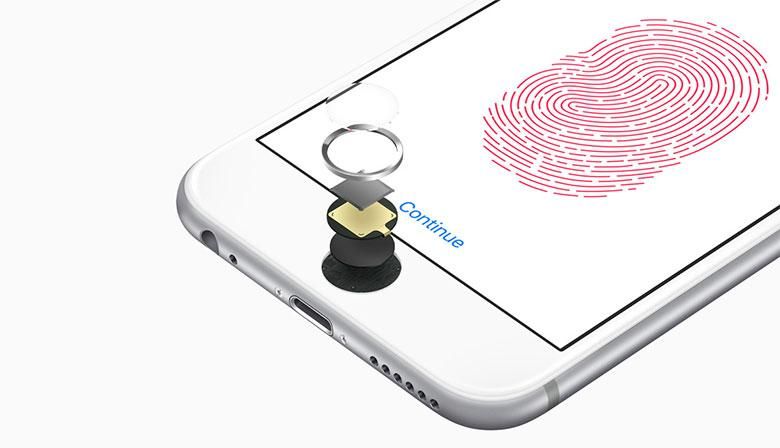Yesterday’s launch of the iPhone SE is sure managing to attract a lot of attention. As a new Apple smartphone, that sounds like a given, sure, but it was easy to preemptively write the phone off from early rumors that sounded a bit conservative in terms of actual hardware. While some users might have been expecting a four-inch iPhone that was little beyond an updated iPhone 5s, the SE we saw launch yesterday is more shrunken-down iPhone 6s than anything, and early benchmark reports have sure suggested that the affordable new iPhone options is able to hold its own against the flagships. So while some early nay-sayers may be warming to the SE as the full picture of the phone comes into focus, not every detail that’s emerging is a positive one, and we’re now hearing from multiple sources that the Touch ID scanner on the iPhone SE isn’t quite up to par with the iPhone 6s.
Apple may have introduced its fingerprint-scanning Touch ID sensor back with the iPhone 5s, but last year’s iPhone 6s delivered a major upgrade to the technology it employs (above), resulting in markedly faster performance. When we published our spec breakdown comparing the SE with the 6s, we noticed you readers asking about the Touch ID scanner in the comments, and while the SE may get the flagship phone’s A9 SoC and 2GB of RAM, the current-gen Touch ID sensor doesn’t look like it will be among that list of shared components.
That’s unfortunate for shoppers looking for a no-compromise four-inch iPhone, but it’s not like this is the only 6s feature not to make it to the SE; the smaller iPhone may share the same pixel density as the 4.7-inch model, but it won’t get pressure-sensitive 3D Touch.
Maybe that one’s a deal-breaker for you; maybe the slower Touch ID is your greater concern. Would including either feature have pushed the iPhone SE’s price to untenable levels, or cut Apple’s profit margin by an unacceptable amount? We can’t say, but Apple’s not a company to make decisions about its hardware lightly, and we’re sure it had its reasons for giving the iPhone SE the components it did. Now we just have to see how shoppers respond: will you be getting one?
Source: Daring Fireball, MacWorld
Via: phoneArena

